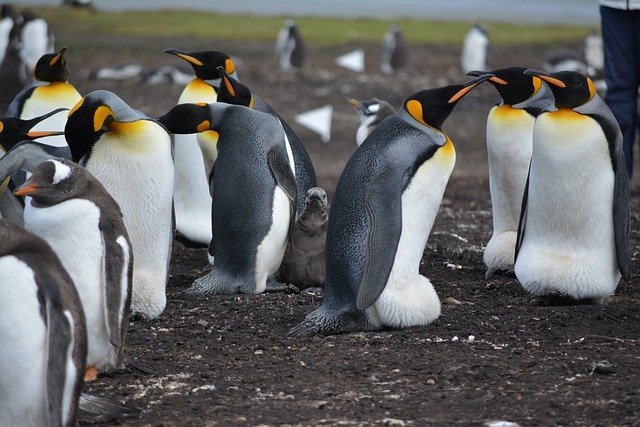**Title: "The Social Lives of Penguins: Insights into Their Complex Communities"** **Post Overview

The Social Lives of Penguins: Insights into Their Complex Communities
Penguins are often perceived as solitary creatures waddling about in their icy habitats. However, recent research reveals that these fascinating birds lead intricate social lives filled with complex interactions, community structures, and social bonds. In this post, we will explore the social dynamics of penguin communities, highlighting their communication methods, cooperative behaviors, and the importance of social relationships in their survival.
1. The Importance of Social Structure
Penguins are highly social animals that thrive in colonies that can range from a few dozen to several thousand individuals. These colonies provide numerous benefits, including:
- Protection from Predators: Living in large groups helps penguins reduce the risk of predation. The sheer number of individuals can deter predators and provide safety in numbers.
- Thermoregulation: In harsh climates, huddling together allows penguins to conserve heat and survive extreme cold.
2. Communication and Vocalizations
Penguins have developed a rich repertoire of vocalizations and body language to communicate with one another. Key aspects of their communication include:
- Distinct Calls: Each species has unique calls that help individuals recognize mates and chicks among the cacophony of sounds in a colony.
- Visual Signals: Body posture and movements convey important social information, such as aggression, submission, or courtship.
3. Cooperative Breeding and Parenting
Many penguin species exhibit cooperative breeding behaviors, where individuals other than the biological parents help rear chicks. This cooperation can take various forms:
- Shared Responsibilities: In species like the Emperor Penguin, both parents take turns incubating eggs and feeding chicks, showcasing teamwork and commitment.
- Alloparenting: In some colonies, non-breeding individuals may assist in guarding or feeding chicks, enhancing the survival rates of the young.
4. Social Bonds and Relationships
Penguins form strong social bonds that can last for years. These relationships are crucial for their social structure and overall well-being:
- Mating Pairs: Many penguin species are monogamous for the breeding season, with pairs reuniting year after year.
- Friendship and Alliances: Penguins often form friendships and alliances within their colonies, which can aid in foraging and chick-rearing efforts.
5. The Impact of Environmental Changes
As climate change and human activities continue to impact penguin habitats, understanding their social structures becomes increasingly important. Disruptions to their colonies can lead to:
- Stress and Aggression: Changes in environmental conditions can lead to increased competition for resources, resulting in heightened stress and aggression among colony members.
- Disruption of Social Bonds: Shifts in population dynamics may affect the stability of social relationships, potentially impacting breeding success and survival.
Conclusion
The social lives of penguins are a testament to their adaptability and resilience in the face of environmental challenges. By studying their complex communities, we gain valuable insights into their behavior, ecology, and the importance of social interactions in their survival. As we continue to monitor and protect these remarkable birds, understanding their social dynamics will be crucial in ensuring their future in a rapidly changing world.
Join the conversation! What fascinates you most about penguin social behavior? Share your thoughts in the comments below! 🐧✨

Upvoted! Thank you for supporting witness @jswit.